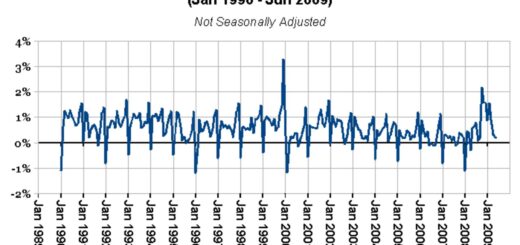What is Ad Hoc Analysis?
Ad Hoc Analysis, In today’s fast-paced business world, decisions can’t wait for scheduled reports.
That’s where ad hoc steps in—offering real-time answers to specific questions, exactly when you need them.
Whether it’s a one-off report, a quick visualization, or a deep dive into anomalies, ad hoc analysis empowers teams to explore data on demand and make smarter decisions without delay.
🔍 What Is Ad Hoc?
The term ad hoc means “for this purpose.” In business intelligence (BI), ad hoc refers to the spontaneous exploration of data to answer a particular question—often triggered by a sudden need or curiosity.

Tools like OLAP dashboards allow users to slice and dice data with point-and-click ease—perfect for spontaneous exploration.
Unlike routine reporting, ad hocis:
- Flexible: No predefined structure or schedule.
- Targeted: Focused on a specific issue or opportunity.
- Fast: Designed for quick insights and immediate action.
📊 Dashboards & Visualization
Dashboards play a key role in ad hoc by offering a snapshot of critical metrics. But not all dashboards are created equal.
According to data visualization expert Stephen Few, a dashboard is:
“…a visual display of the most critical information needed to achieve one or more objectives, aggregated and presented on a single screen so the data can be watched at a glance.”
In statistics, ad hoc testing refers to methods used in very specific scenarios—often outside their original design.
While sometimes useful, these tests should be applied cautiously, much like off-label medications.
🧠 Ad Hoc Analysis in Statistics
In hypothesis testing, ad hoc methods may help explore unexpected results, but they’re not substitutes for rigorously validated techniques.
🏢 Why Ad Hoc Matters in Data Culture
Modern organizations thrive on data-driven decision-making. Ad hoc analysis supports this by:
- Filling gaps left by standard reports.
- Encouraging curiosity and exploration.
- Empowering non-technical users to ask and answer their own questions.
Thanks to self-service BI platforms like Power BI, Tableau, and Qlik, ad hoc analysis is now accessible to everyone—not just data scientists.
🚀 Four Key Steps for Effective Ad Hoc Analysis
To conduct meaningful ad hoc analysis, follow these high-level steps:
- Connect Data Sources Integrate internal and external datasets for a unified view.
- Explore the Data Use filters, queries, and visual tools to uncover insights.
- Create Visualizations Build charts, graphs, and dashboards to communicate findings.
- Develop Skills Encourage data literacy across teams to foster a culture of exploration.
🧪 Choosing the Right BI Platform
If you’re evaluating BI tools for ad hoc analysis, look for these features:
- Self-service capabilities for non-technical users.
- Ease of use with intuitive interfaces.
- Scalable architecture that evolves with your needs.
Remember: ad hoc analysis should be inclusive, not reserved for a select few. Everyone in your organization should feel empowered to explore data and make informed decisions.
✅ Final Thoughts
Ad hoc analysis is more than a reporting technique—it’s a mindset. It encourages agility, curiosity, and responsiveness in a world where data is abundant and time is scarce.
By embracing ad hoc analysis, companies can unlock hidden insights, respond to challenges faster, and build a truly data-driven culture.



